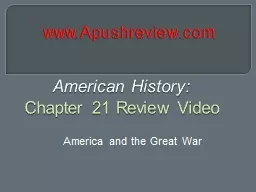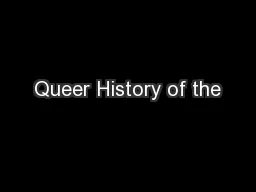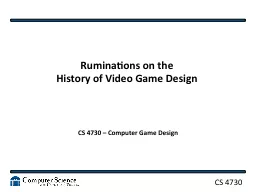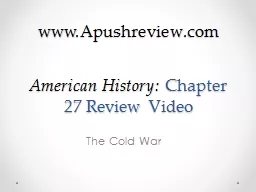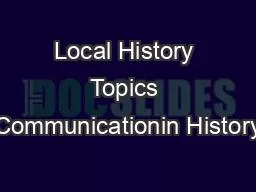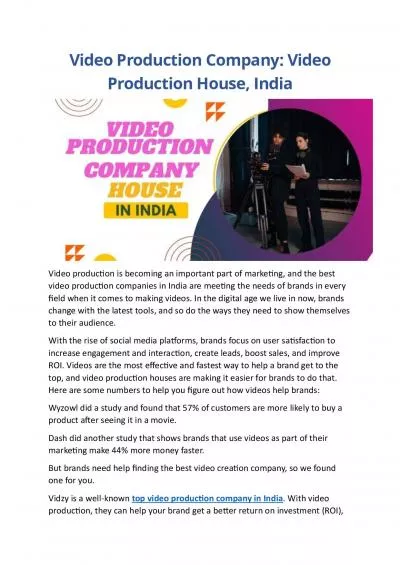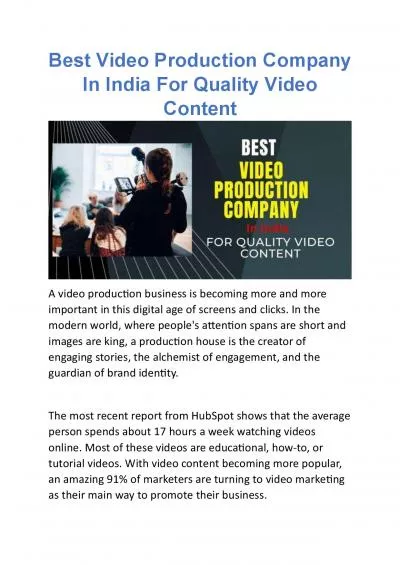PPT-American History: Chapter 21 Review Video
Author : yoshiko-marsland | Published Date : 2019-03-13
America and the Great War wwwApushreviewcom The Big Stick America and the World 1901 1917 Roosevelt civilized and uncivilized nations civilized could intervene
Presentation Embed Code
Download Presentation
Download Presentation The PPT/PDF document "American History: Chapter 21 Review Vid..." is the property of its rightful owner. Permission is granted to download and print the materials on this website for personal, non-commercial use only, and to display it on your personal computer provided you do not modify the materials and that you retain all copyright notices contained in the materials. By downloading content from our website, you accept the terms of this agreement.
American History: Chapter 21 Review Video: Transcript
Download Rules Of Document
"American History: Chapter 21 Review Video"The content belongs to its owner. You may download and print it for personal use, without modification, and keep all copyright notices. By downloading, you agree to these terms.
Related Documents

